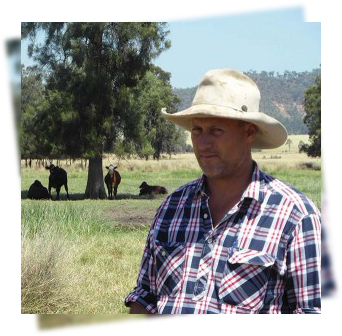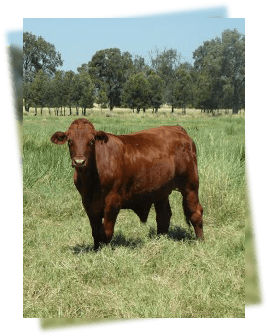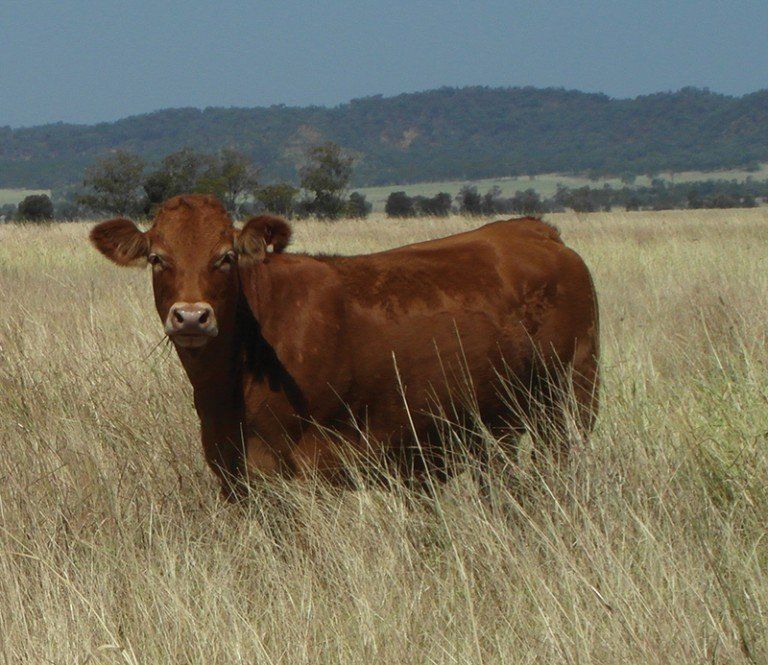Running 1,400 breeders across 20,000 hectares (50,000 acres), Geoff Pedersen is a cattle producer that understands the economies of scale and what it takes to survive on what are typically slim margins.
Geoff, together with his parents Robert and Maureen, operate “Wyseby” at Rolleston, together with “Ranchlands” at nearby Injune in Central Queensland.
“We turn off approximately 1,200 EU cattle per year at a target carcase weight of between 370-400kg,” Geoff said.
This is typically achieved between 2 and 2.5 years of age with all cattle being finished on the 800 hectares (2,000 acres) of oats the family grows each year.
“We try and finish everything in the paddock and only feed grain when it is absolutely necessary,” Geoff said.
The Pedersens run a predominantly Santa Gertrudis herd and over recent years have been sourcing Limousin bulls to use over some of their cows.
“We’d used Limousin previously back in the 1980’s to square up the carcase and we knew that they could also help us improve other characteristics we were looking at changing in the herd.”
“The key trait we were looking to improve was to reduce the level of fat in our cattle at the carcase weights we are turning them off at. The straight Santa Gertrudis cattle often fall outside the grid with too much fat, whereas the Limousin cross cattle hit the grid every time,” Geoff said.
The Pedersens also have seen a big difference in carcase yield between the Limousin cross cattle and the straight Santa Gertrudis.
“The Limousin cross bullocks always yield 3-4% better than the straight Santa Gertrudis bred bullocks. At an average live weight of 750kg going onto the truck, that can mean an additional 30kg of yield for the Limousin cross cattle.”
“Even at average prices, that’s at least $120 per head additional income from the Limousin cross cattle with no extra feed or management costs, with the added benefit of being very unlikely to be discounted for excess fat,” Geoff said.






